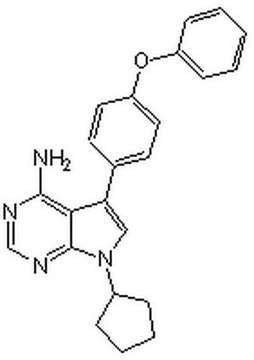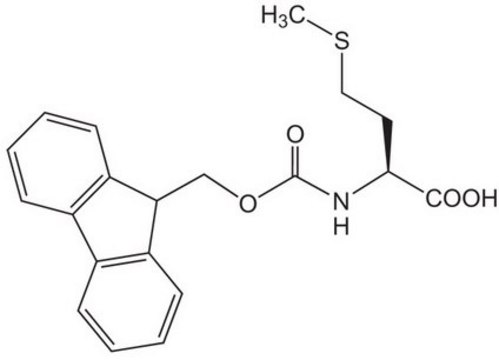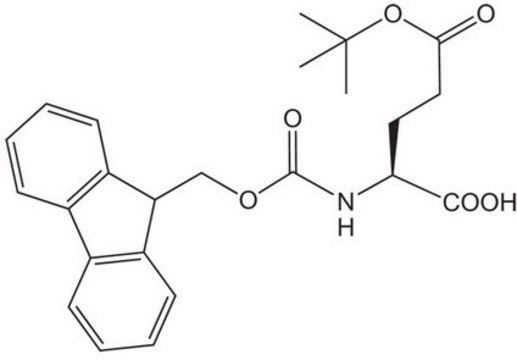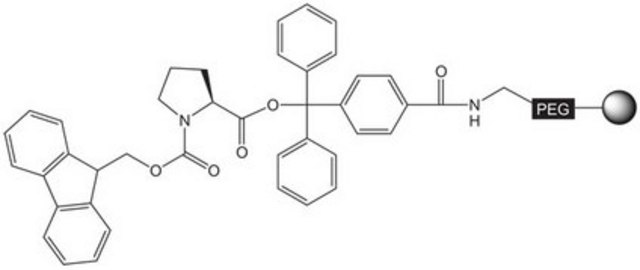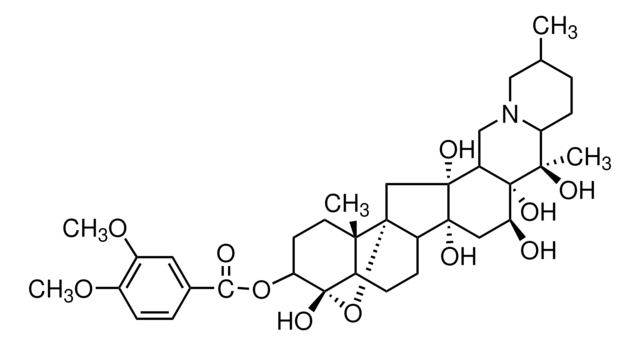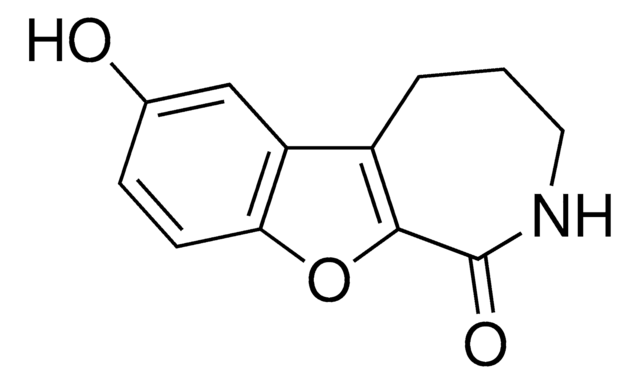MAK491
Formate Assay Kit
sufficient for 100 colorimetric tests
Synonym(s):
Formate Test Kit
Sign Into View Organizational & Contract Pricing
Select a Size
Change View
0.1 MG
CA$302.00
About This Item
UNSPSC Code:
12161503
NACRES:
NA.84
Recommended Products
Quality Level
application(s)
environmental
detection method
colorimetric
relevant disease(s)
neurological disorders
shipped in
wet ice
storage temp.
−20°C
Related Categories
General description
Formate is the anion derived from formic acid, the simplest carboxylic acid. It is also the metabolic byproduct of formaldehyde metabolism in the body, and the eventual metabolic byproduct of methanol, which is first broken down to formaldehyde. At high levels, formate is neurotoxic to the central nervous system and can cause blindness, coma, and death. Although naturally present in the body at low levels, elevated levels of formate may be used as an indicator of formaldehyde exposure and methanol poisoning.
Features and Benefits
- Linear detection range 0.050 to 5 mM formate.
- Compatible with high-throughput handling systems.
Suitability
The kit is suitable for the determination of formate in biological samples such as urine and serum.
Principle
The Formate Assay Kit is based on the formate dehydrogenase catalyzed oxidation of formate, which generates carbon dioxide and NADH that reduces a formazan (MTT) dye. The intensity of the reduced MTT, measured at 565 nm, is directly proportional to the formate concentration in the sample.
Storage Class Code
10 - Combustible liquids
WGK
WGK 2
Choose from one of the most recent versions:
Certificates of Analysis (COA)
Lot/Batch Number
It looks like we've run into a problem, but you can still download Certificates of Analysis from our Documents section.
If you need assistance, please contact Customer Support
Already Own This Product?
Find documentation for the products that you have recently purchased in the Document Library.
Xavier Charest-Morin et al.
Pharmacology research & perspectives, 3(2), e00119-e00119 (2015-06-04)
Tissue kallikrein (KLK-1), a serine protease, initiates the release of bradykinin (BK)-related peptides from low-molecular weight kininogen. KLK-1 and the BK B2 receptor (B2R) mediate beneficial effects on the progression of type 2 diabetes and renal disease, but the precise
Delphine Vincent et al.
Frontiers in genetics, 6, 360-360 (2016-01-23)
Milk is a complex fluid whose proteome displays a diverse set of proteins of high abundance such as caseins and medium to low abundance whey proteins such as ß-lactoglobulin, lactoferrin, immunoglobulins, glycoproteins, peptide hormones, and enzymes. A sample preparation method
József Dobó et al.
PloS one, 6(5), e20036-e20036 (2011-06-01)
Bradykinin (BK), generated from high-molecular-weight kininogen (HK) is the major mediator of swelling attacks in hereditary angioedema (HAE), a disease associated with C1-inhibitor deficiency. Plasma kallikrein, activated by factor XIIa, is responsible for most of HK cleavage. However other proteases
Our team of scientists has experience in all areas of research including Life Science, Material Science, Chemical Synthesis, Chromatography, Analytical and many others.
Contact Technical Service
